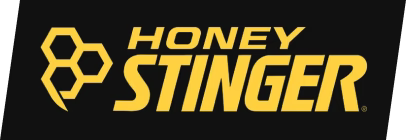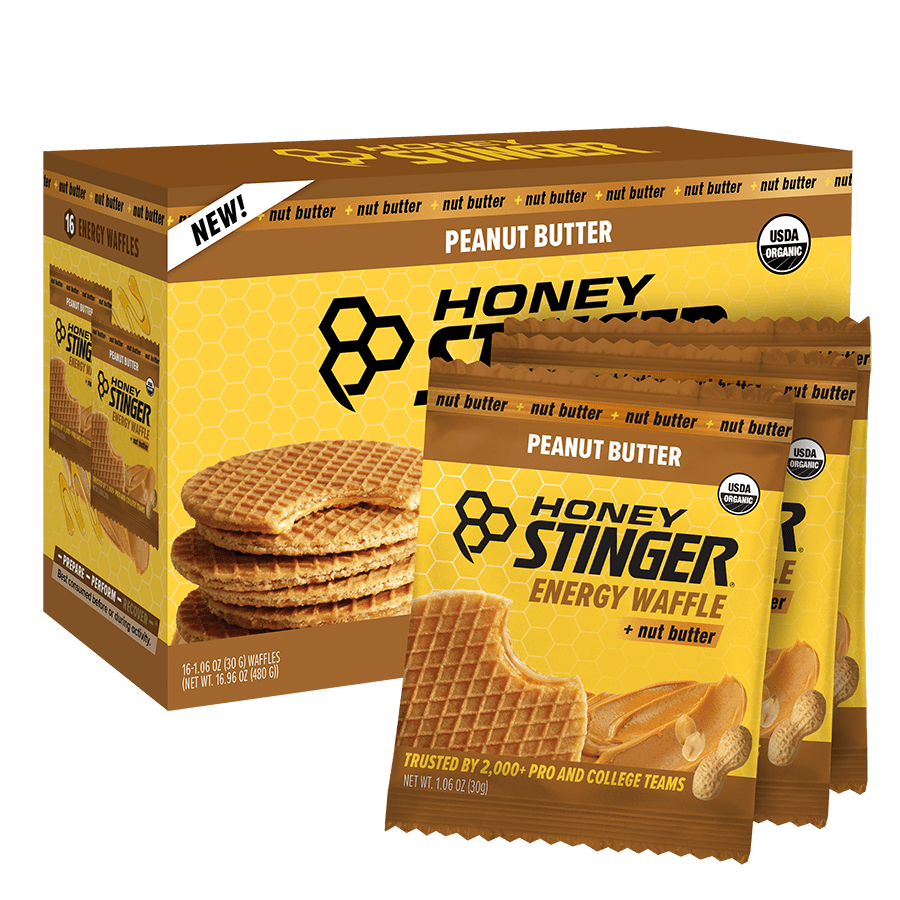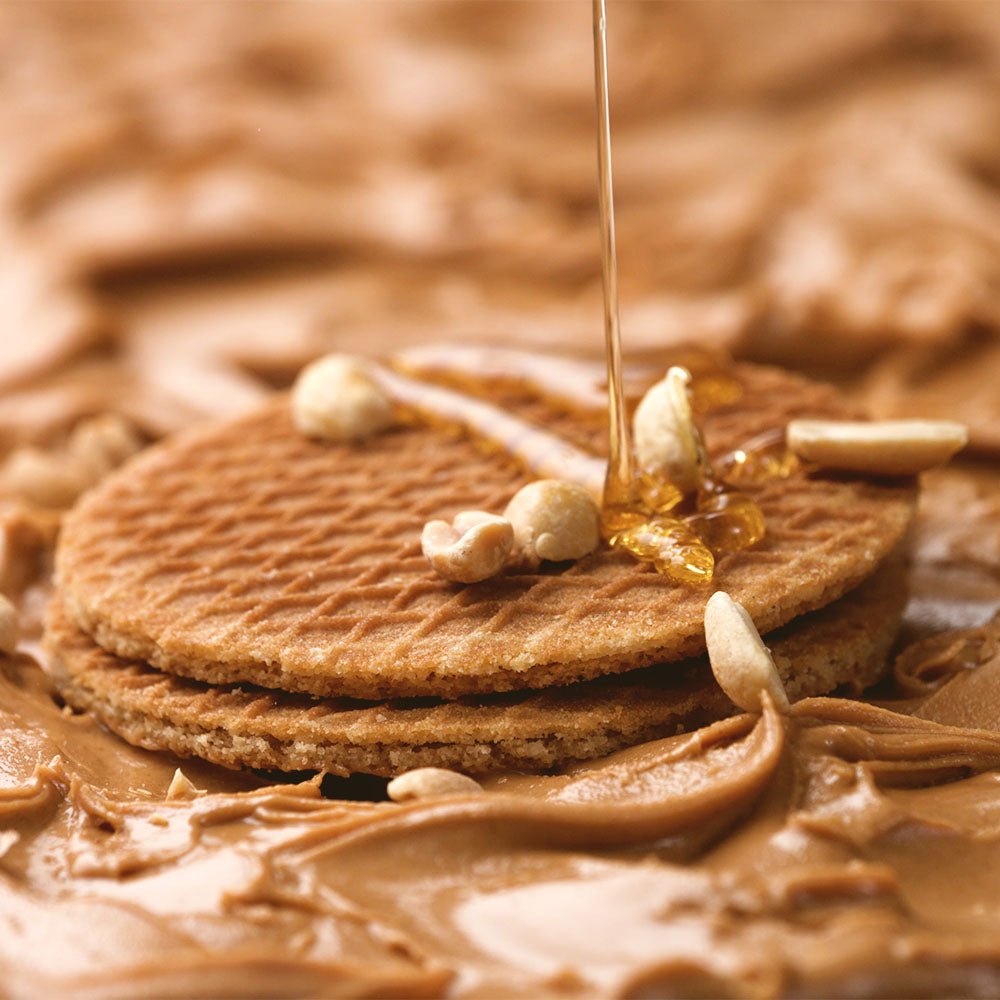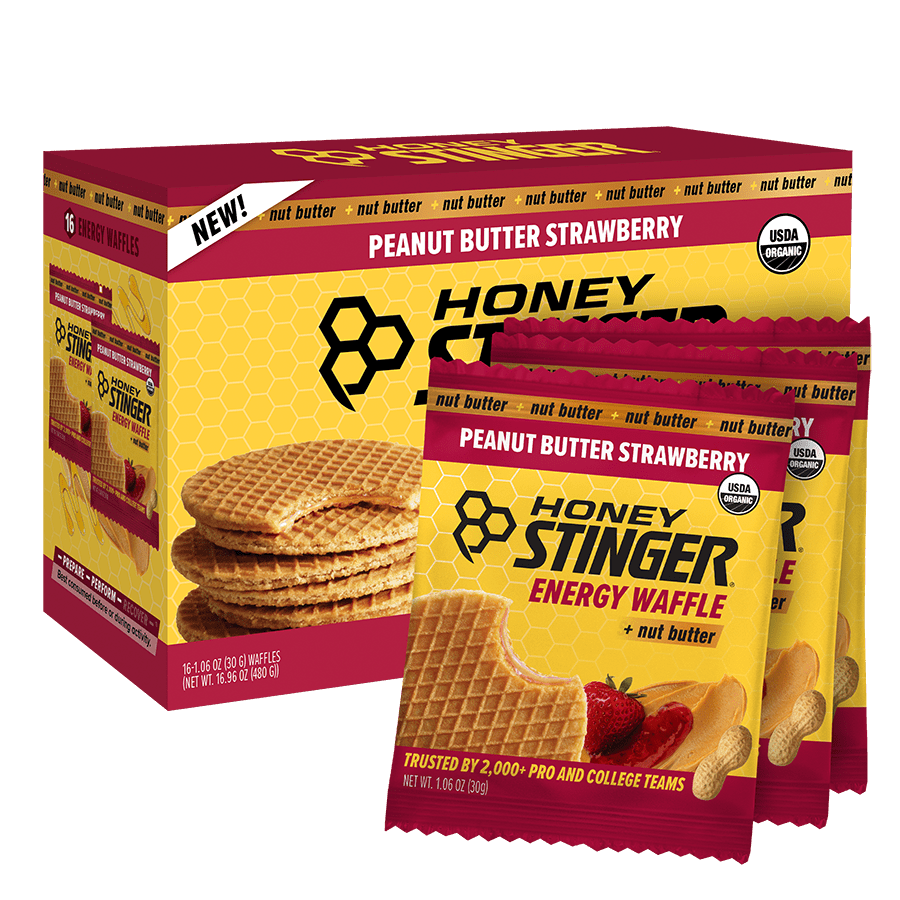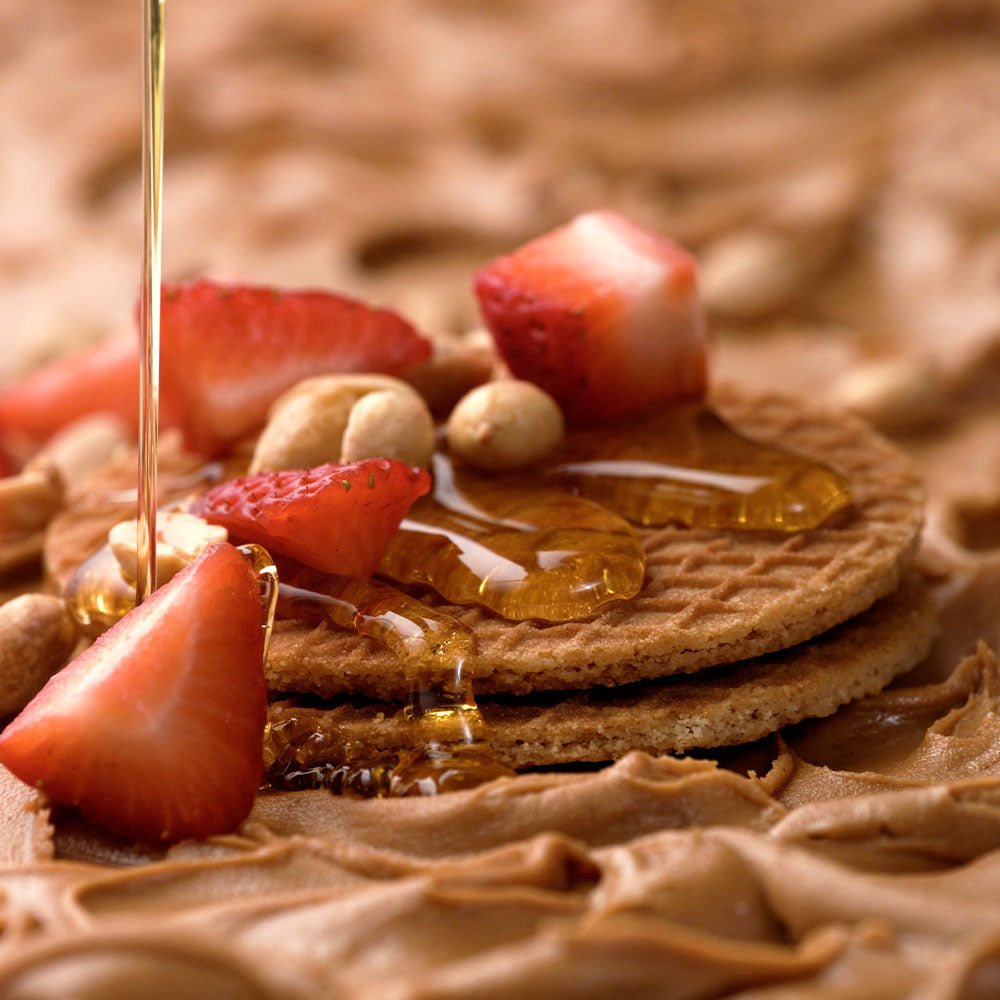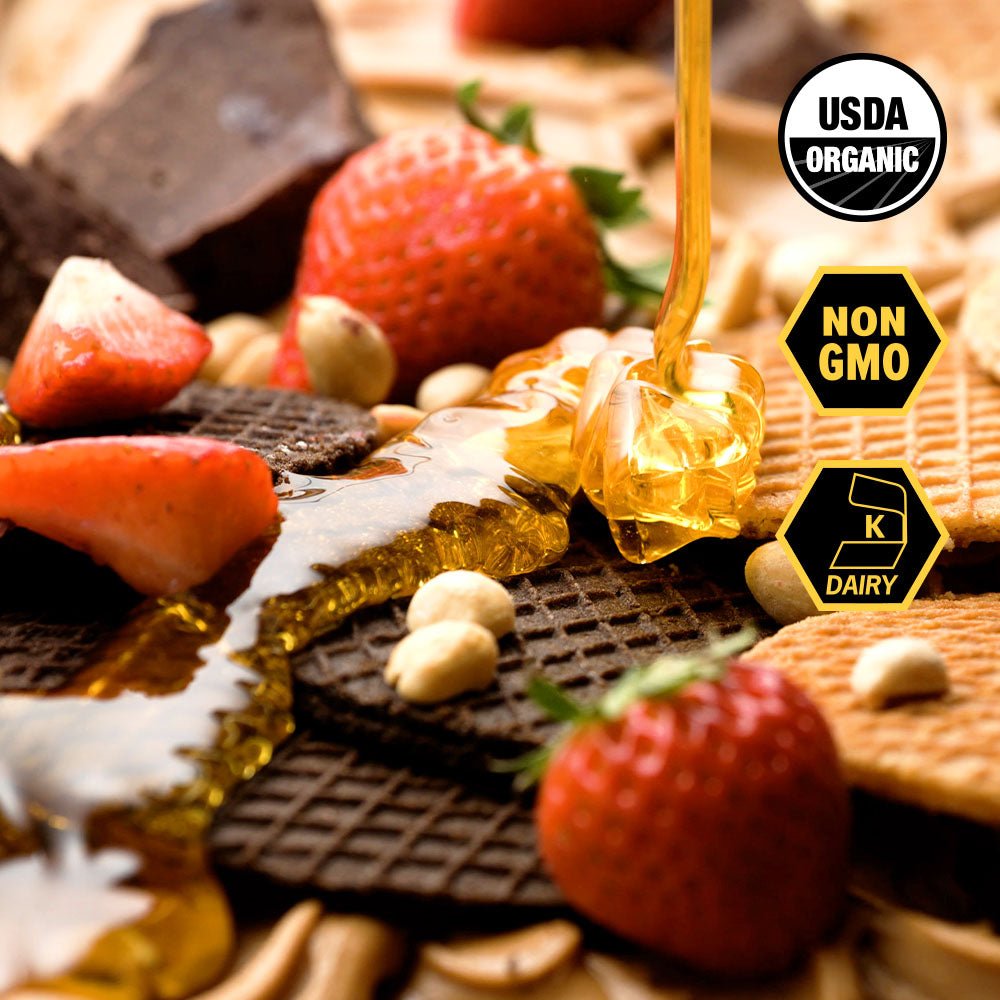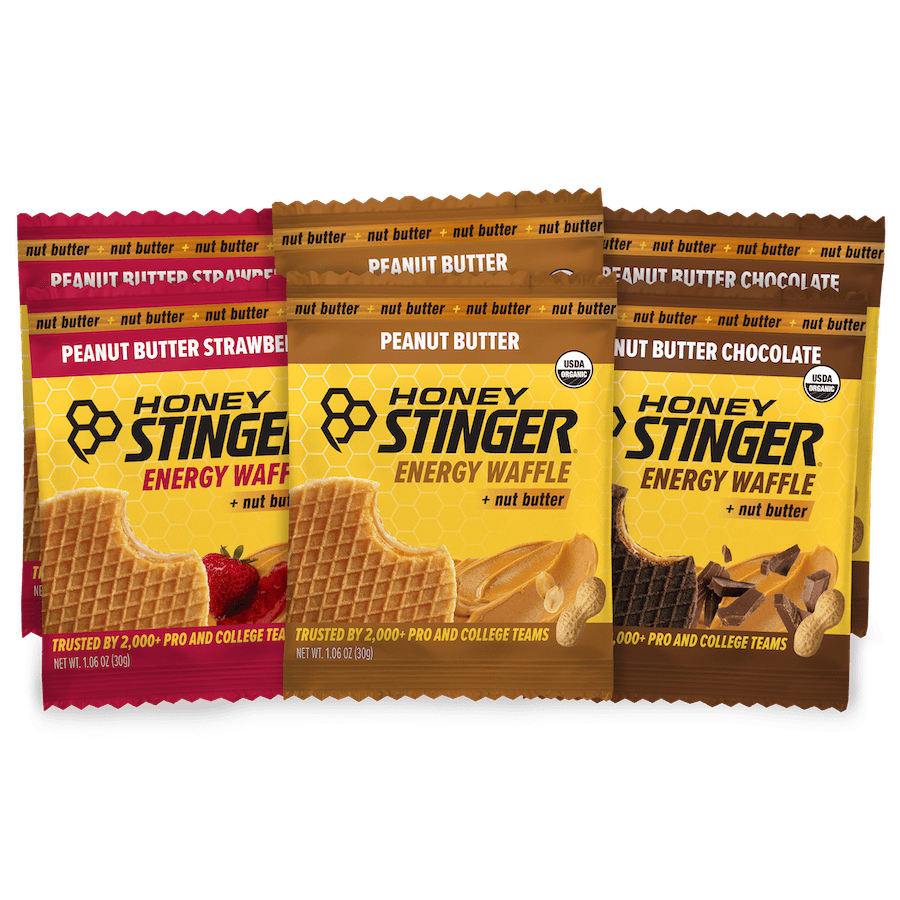Marathon Training Tips for Beginners
Often when we’re training for a big event such as a marathon, nutrition—including an effective race day fueling strategy—can be overlooked as an integral training component. But nutrition is one of the most important pieces of training! Honey Stinger Registered Dietitian Nutritionist and ultramarathon runner Cara Marrs shares her best tips on fueling for marathon training so you’re feeling ready to go on race day.

Pre-race nutrition
Assuming you’ve had a good plan in place during your training, the days leading up to your race are key. You want to top off your glycogen stores and make sure you’re properly fueled to perform your best. Remember, glucose is your body's primary fuel source for higher intensity workouts. Your body can store only a limited amount of glycogen, so you want to make sure your tank is full when you start running.
Three to four days out from race day is an ideal time to increase hydration and electrolytes while you focus on your carbohydrates. Increasing your carbohydrate load may look different for all of us but think of two extra servings a day of carbohydrates on top of your sports nutrition plan. This could be an extra cup of quinoa or rice, two bananas, or two Honey Stinger Waffles.

Carb loading with a huge plate of pasta the night before the race may work for some people, but for others it can impact digestion and quality of sleep and create sluggishness on race day. On the day before a marathon, Cara often suggests eating a larger-than-normal breakfast, a late lunch, and a sensible dinner of protein and carbohydrates. A vegetarian bowl of tofu, quinoa, potatoes, and avocado is a delicious, easy option. Another proven go-to providing protein and carbs is grilled chicken, flank steak, or salmon with asparagus and a large sweet potato. Don’t eat anything too heavy or too high in fiber the night before your race, and don’t eat anything new to you.
On the day of the race, make sure to focus on easily digestible carbohydrates for breakfast and add in an extra snack 30 minutes before start time. This could be a gel while you travel to the venue.

In-race nutrition
During the race, make sure to hydrate with ~16-20 ounces an hour. Keep in mind that one good sip is about an ounce. While the time to experiment with electrolyte replacement is during training, how much you need during the marathon will depend on your size, sweat level, and the climate and weather in which you’re racing.
Aim for 40-60g of carbohydrates an hour but depending on total run time and effort this amount may be closer to 70g per hour. A bag of Honey Stinger Energy Chews is 38g of carbohydrates and one Honey Stinger Energy Gel is ~25g of carbohydrates, so one of each an hour is a great place to start. Cara suggests eating every 40-45 minutes on the hour, but if it helps to consume a serving every 30 minutes that works, too. Set the alarm on your watch to help you remember to eat.

All training runs and races are opportunities to learn what works and feels good in your body, but always try out your fueling strategies before important races. If you have a favorite fuel that’s not offered on course, bring your own!
Post-race nutrition
After the race, aim to get ~20-30g of protein within 30 minutes of finishing while focusing on replenishing glycogen stores. While this exact window is sometimes debated, Cara believes it sets an ideal mental time frame for you to start refueling your body. This is the right time to incorporate a Honey Stinger Nut + Seed Bar with 14g of protein, a waffle or two with extra nut butter, dried fruit and jerky, or a protein drink with any other fueling sources calling to you. For replenishment, the ratios of carbohydrates to protein are 3:1-4:1, so this could be 60g of carbohydrates with 20g of protein.
Within 90 minutes post-race, make sure to get your full meal including carbohydrates for glycogen replacement, ample protein for muscle recovery, and ant-inflammatory fats like avocado, nuts, and seeds. This will help immensely with your recovery from the race. Remember that the race doesn’t end when you cross the finish line—it ends after you hydrate and fuel!

About Honey Stinger Registered Dietitian Nutritionist, Cara Marrs

Cara Marrs has been a Registered Dietitian Nutritionist since 2008 and has operated a thriving private practice for 15 years in Steamboat Springs, Colorado. Cara earned her BS in Nutrition from Colorado State University before attending Central Michigan University for graduate school. In 2007, Cara completed her training and internship at the Mayo Clinic. In 2010, she became a certified LEAP therapist trained to work with food sensitivities and is currently working towards her Certificate of Training in Functional Medicine. Cara is a mom to an active Steamboat kid, and she is a runner, skier, and yoga enthusiast who has been racing on the trails for 25+ years. She has been running ultras (50k to 100+ miles) for more than a decade.
